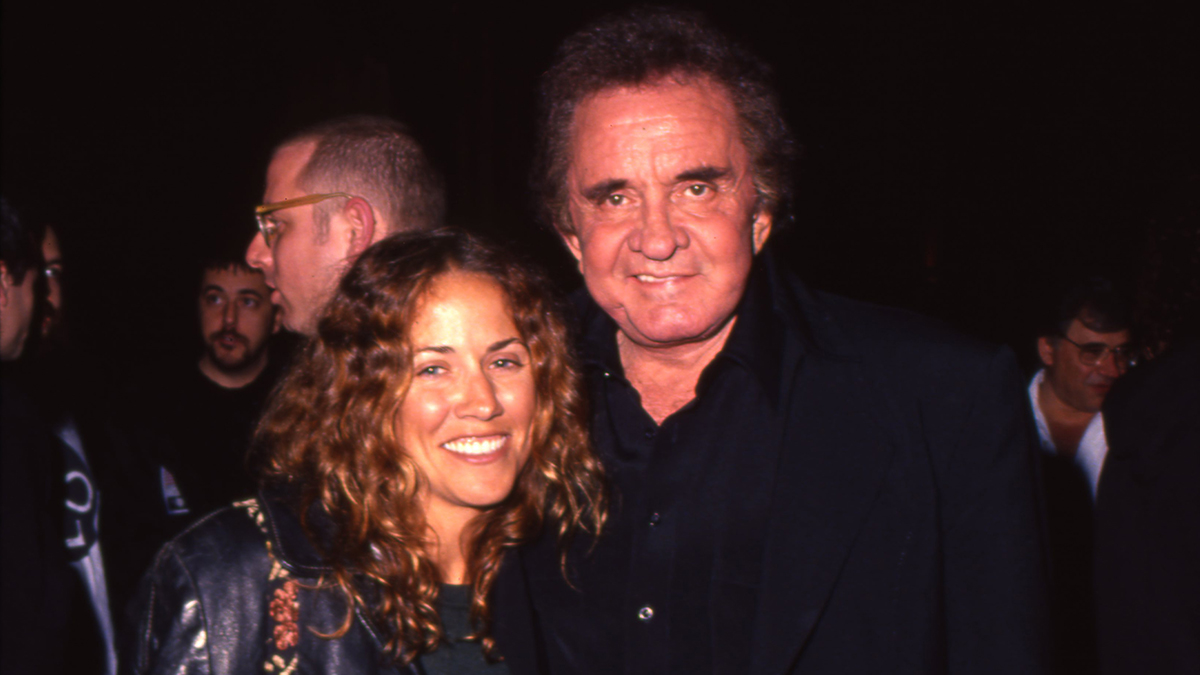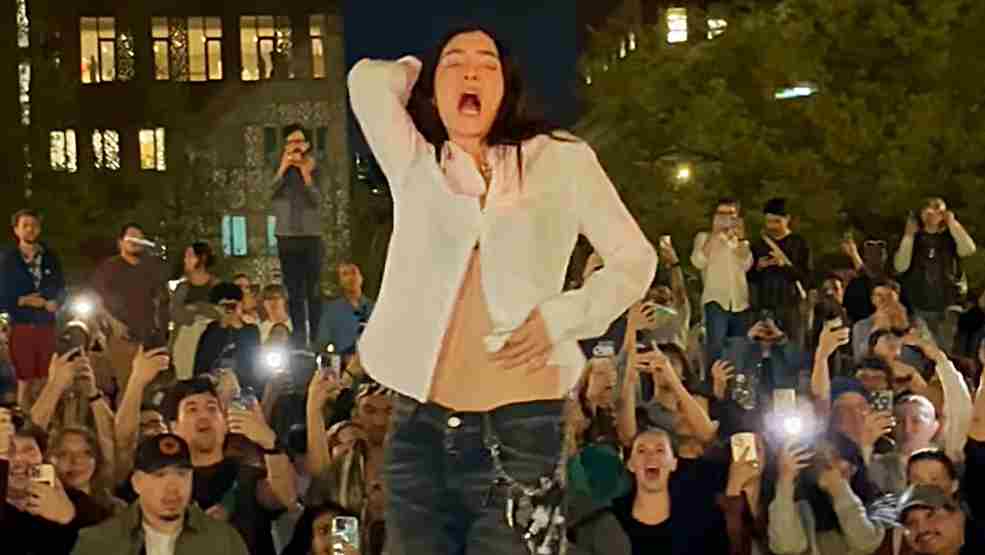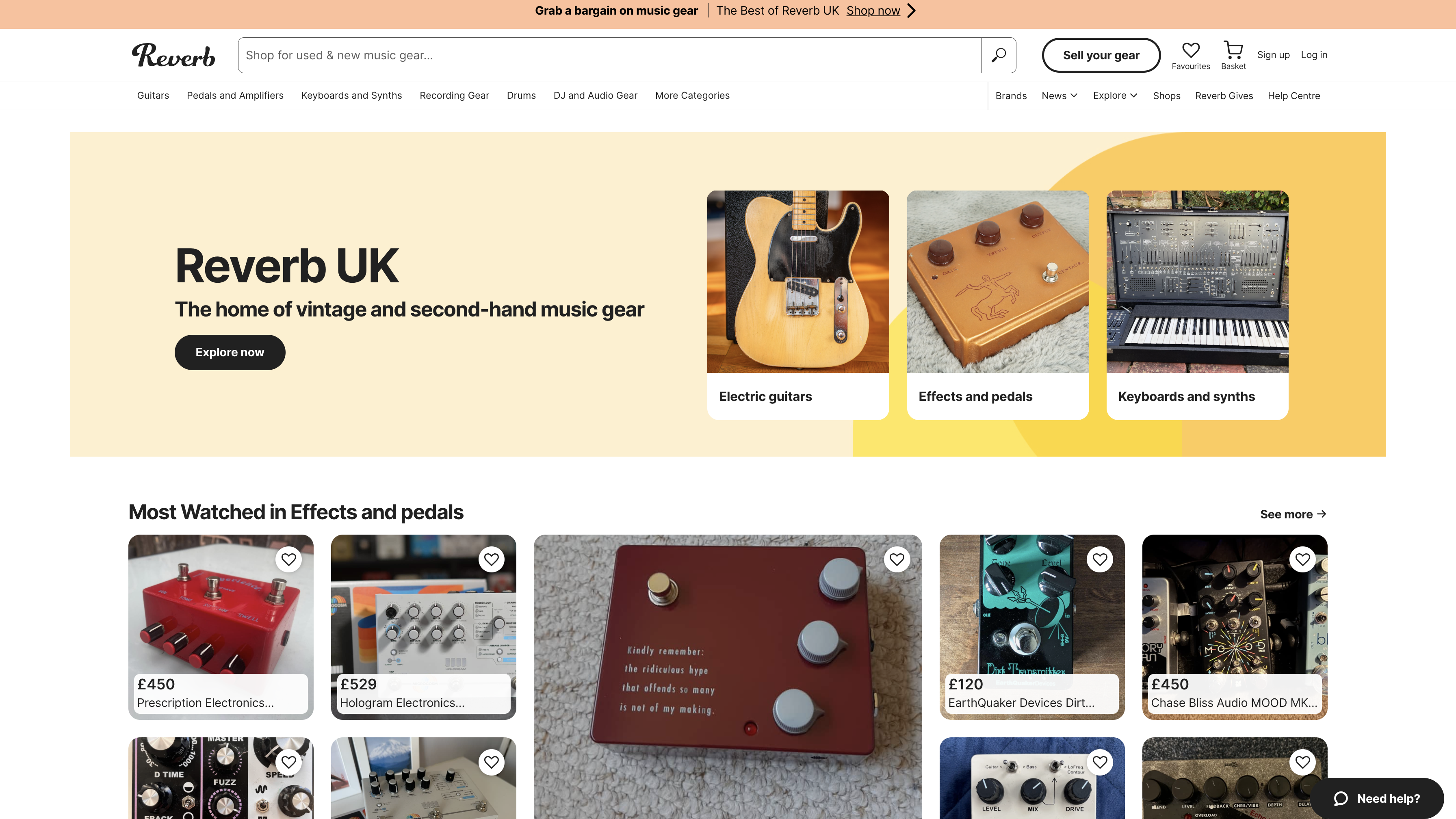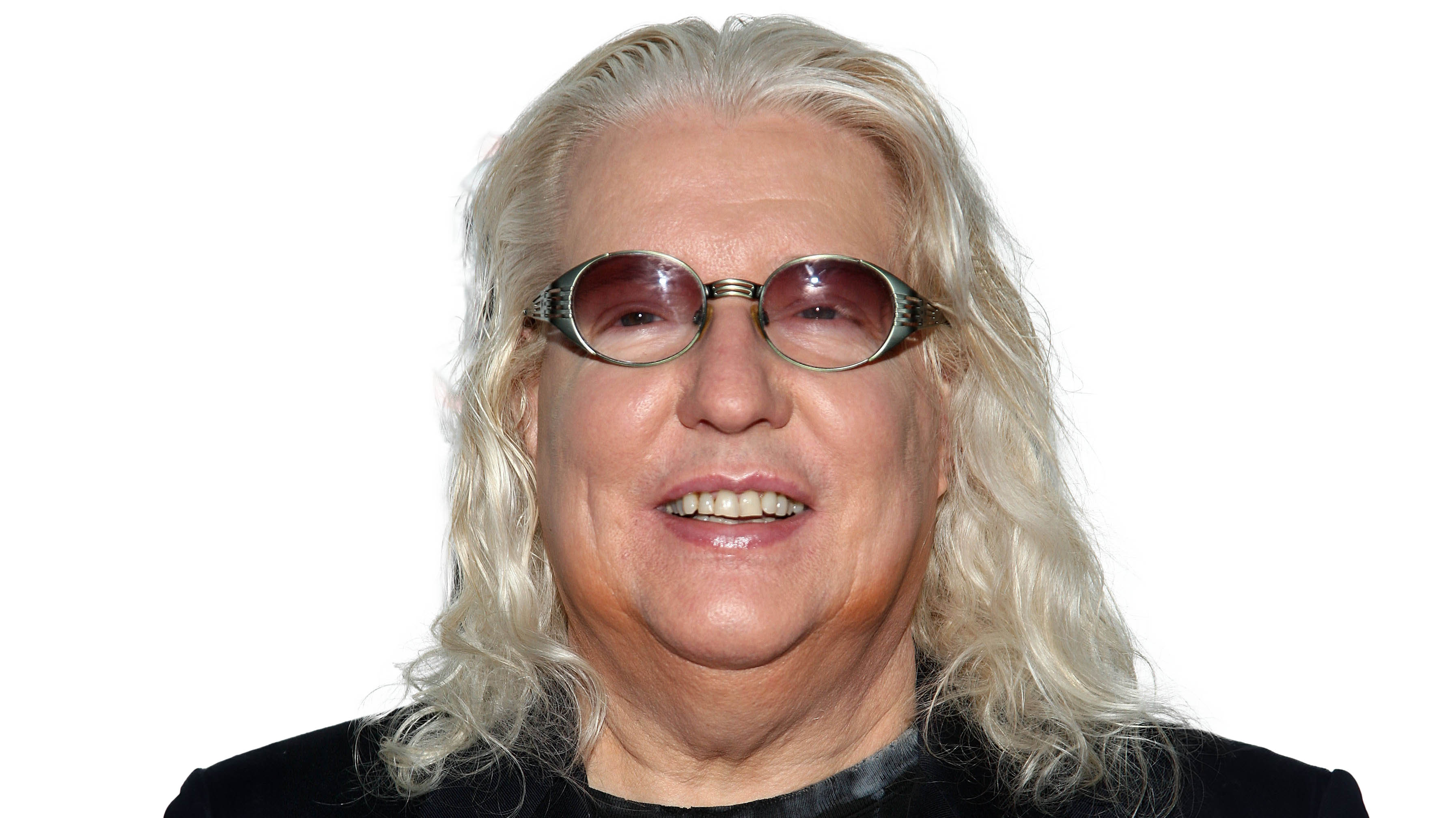Classic album: Adam F on Colours
The D'n'B icon on his classic debut album
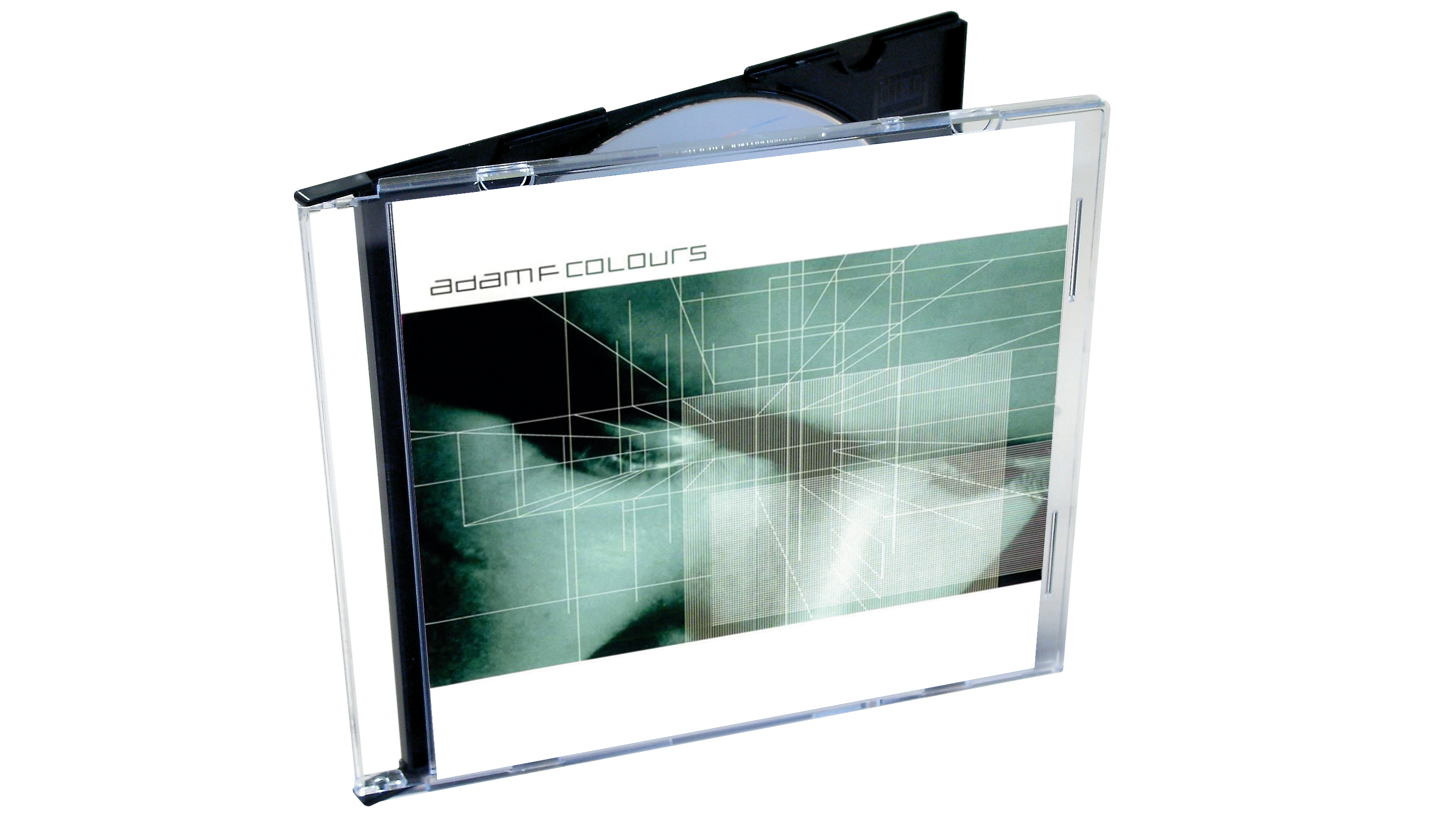
Although Colours came out on a major label, it's an album firmly rooted in the Drum 'n' Bass underground.
Adam F was an avid clubber and developed most of the tracks to match the tastes of seminal nights like Fabio and LTJ Bukem's Speed, and the Metalheadz weekly residency at the Blue Note.
"I did assemble some great musicians. I was like a record label's nightmare."
A Sunday night spent crammed into the tiny Hoxton venue would inspire endless music in his mind. Every time the mighty Grooverider preached his Breakbeat gospel it was like he'd received another sermon in Drum 'n' Bass.
Get into the groove
"This album was massively inspired by going to nights like that," says Adam F. "I remember just hearing tracks that were so... new. That was the most exciting thing about that genre. It was so freestyle at the time. Feeling that I was able to put all my influences into my music was great."
Often after racing home from such a rave up he'd bunker down in his studio and try and translate the mass of swirling inspirations in his head into a track. He would go on to meld the cutting edge sounds that splintered from the bubbling club scene he'd immersed himself in with his love of Jazz, Funk and '70s film scores to create an organic fusion of live instruments and tense, racing breaks. The results were magic.
The standout tracks like Circles, Metropolis and Aromatherapy, which were born out of that scene, were now received back into it with open arms.
"I remember handing a brand new dubplate of Metropolis to Grooverider at Blue Note," says Adam. "As soon as he played it this big hand with gold rings all over it just looms over me as I'm stood at the DJ booth. It's Goldie [Metalheadz label and club founder] and he just starts rewinding it! That's a stamp of approval if the hand comes over..."
Get the MusicRadar Newsletter
Want all the hottest music and gear news, reviews, deals, features and more, direct to your inbox? Sign up here.
Wheel of fortune
It wasn't just about 'wheel-up' tracks. Colours, as the title suggests, has far more shades to it than that. Adam F's accomplished musicianship threads the album together - he certainly knows his way around those 73 keys on a Fender Rhodes, as proven with the riff sparring with Jazz guitar icon Ronny Jordan on the album's title track.
Keys, live bass, flute, trumpet, drums, and a vast array of percussion, are all handled by some of the nation's finest players and help to give the album its organic flow. And vocal contributions from the likes of Everything But The Girl's Tracey Thorn and Bukem's right-hand man MC Conrad strengthen that vibe.
Natural selection
"With this album most of it happened naturally," says Adam. "I didn't get signed to a major label off of the back of having one big single that had potential for radio. Everything had been made organically, over a period of time, with no pressure.
"It was me just being inspired by the whole Jazz/Funk thing, listening to the way Bob James, Lalo Schifrin and Chick Corea played and arranged. As well as listening to what was going on in the underground scene. I put the album together to showcase the coming together of those two influences."

Intro
"When I produce a track I always start with the intro. I find that it helps set the stage and provides the right platform. Listen to Metropolis - it's got a ridiculously long string intro. I like to do that then think, 'Right. Where is this going now?'
"It's important to have an intro to your album as well. This one reflects the Funk vibe I was into at the time. I was heavily into recreating musical styles and getting them to sound as close to the original as possible. Here I wanted to get '70s sounding drums, so I used a Neve desk and a percussionist, and tried to recreate that sound of the '70s in the studio."
73
"The title comes from the Fender Rhodes 73 that I had, which had 73 keys. I play a lot of Rhodes on the album, as does a guy called Julian Joseph. He was an amazing player. If you wanted a quick solo or some writing done he was your man. He was one of the best pianists working in England at the time.
"I did assemble some great musicians. I was like a record label's nightmare. I would have up to 16 people on the road with me when we toured this. I even had a Theremin player! It was so over the top, but I was in this purist music space. I wanted it all to be live and as organic as possible."
Metropolis
"This was 100% inspired by going down to London's Blue Note club for the weekly Metalheadz Sunday Sessions. Just being in that dark, intense atmosphere and energy was so exciting... and unpredictable.
"With Metropolis I remember coming home from the club and just having to make that track. I was in this intense, dark and futuristic place in my mind, and that's where all the sounds and elements came from to put that one together.
"It was such an honour for me when it was played in the club. I went over to Grooverider and gave him the dubplate. As he'd heard Circles already he just took the record out and played it. He hadn't even heard it! That was ultimate respect back then."
Music In My Mind
"I used the Roland VP-330 Vocoder on this one. It was a full keyboard version. I still use it every now and again. It had strings on it as well. You can hear me singing through the mic and playing stuff over it.
"I'm a massive fan of the talkbox, but it's such a hard thing to use. It's like learning an instrument. With the vocoder it's easier. If you can play the piano then you're all good.
"The trumpet has a Dirty Harry/Lalo Schifrin influence, and there are also [Roland] 808 drum bits at the end for the outro. It's a song that changes throughout in its structure."
Jaxx
"This is heavily influenced by Goldie's Timeless album. It has that Inner City Life strings vibe, but then the nastiness of the heavier Metalheadz stuff as well. The production has a lot going on with the sound effects and smashing glass. It's all things that have been done loads now, but at the time it was new. I love making noises and doing sound effects - I was just in that zone where I had loads of stuff lying around to use as well.
"Back then there was room to layer things in a track. Jump to 2006 and it was about being as limited and as loud as possible. I think right now is like the late '90s - that organic side of things is coming back."
Mother Earth
"This is a slower one. It wasn't about being a razor-sharp rinsing club track. Not many people were putting tracks out that weren't really Drum 'n' Bass back then.
"I remember talking to someone about a J Majik 12-inch and saying, 'Have you heard this at 33[rpm]?' which is half speed on a turntable. We were like, 'Fuck! It sounds so heavy'. When you listen to a few tracks like that it totally changes how you look at the music. I tried to make a tune like that here.
"That's Goldie on the intro. After he heard Circles play at Blue Note he got my number and left me a voice message. I snatched that off my Orange mobile and slammed it all over the track."
The Tree Knows Everything
"Tracey Thorn on here. She was a massive fan of Drum 'n' Bass - you could hear that on some of those Everything But The Girl albums. They used to come out on the circuit and everyone loved them.
"I did a remix of one of their tracks called Before Today, which was on an F-Jam vibe. Around the time of doing the remix we talked about doing a track.
"The Tree Knows Everything was a song I'd written when I was about 16 on the guitar. I think I sent her a demo copy with me singing on. Fortunately she liked it and I ended up going round their house in Hampstead and recorded the vocals. Tim 'The Bass' Philbert plays on this. He worked on Timeless as well."
Circles
"When I made tracks back then I had this thing that every tune should have three things that, even if you isolated them, you'd still be able to recognise the track from. With Circles you have the bassline, the 'Check. Check. Check', and then that Bob James sample [Westchester Lady]. A vocal, a bassline, and a riff are the foundation for the ultimate anthem.
"The Bob James sample was probably the last thing to be added to this, actually. When I was making this I was driving around in my car and playing it back. Then I randomly switched the music to a Bob James CD and that sample came on. I was like, 'My God! This is so going to work'. So I rushed back upstairs and then re-worked the whole track."
Dirty Harry
"The original version of this track is still on the DAT. It was entirely live to start with. It was the full shebang - drums, vocals, bass, sound effects... everything just thrown in. I went to town with this one.
"Then I got Grooverider to do a mix of it, and he took the elements of the original track and then basically just made it club-playable. Everyone loved the vibe, so that's what we put out - it's the Grooverider mix that you get on the actual album. So it was a combination of both our inputs. There are a few other great remixes of this from DJ Hype & Pascal, and Swift."
F-Jam
"MC Conrad on this one. He's like the Pharoahe Monch of Drum 'n' Bass - a true lyricist. MCs are part of the vibe of the whole scene - the atmosphere with the DJ and MC. They go hand in hand in that world. Conrad was such a unique character.
"Rob Playford worked with me on this track, too. Obviously he was the head honcho of the Moving Shadow label and worked a lot with Goldie. We did this track round his studio, which was an eye-opener for me as it was so much more hi-tech, and he was so much better at sound design than I was. He's a brilliant engineer. I would say that Rob made this."
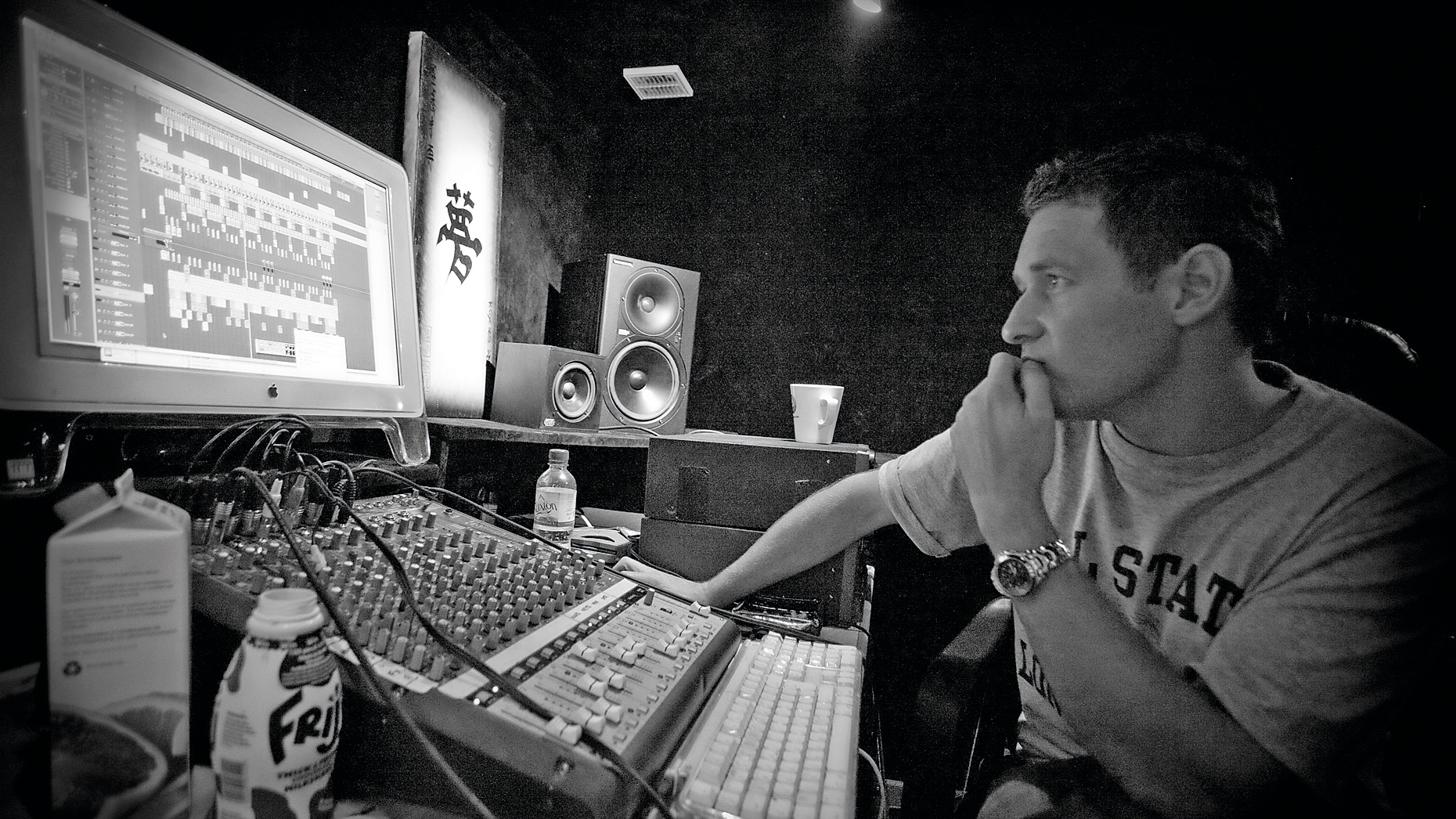
Colours
"This has that whole Jazz/Funk thing that I was feeling. It's on a different tempo too. It's got the strings and the LTJ Bukem influence, as well. A lot of people then were into the Jazz sounds - like Hip-Hop, really. That whole Jazz/Funk world got so heavily sampled.
"[UK Jazz guitar legend] Ronny Jordan is on this track. I remember he just plugged in and I had the Fender Rhodes. I just played a riff and he answered back. Then we just literally recorded about an hour of me playing a riff and him copying it back.
"That's just how the track sounds - us doing call and response in a traditional improvised format. Then we put it over a sampled loop to give it a solid groove."
Aromatherapy
"This was the kind of sound you'd get at Fabio and Bukem's night [Speed]. I was going to them a lot. It was the flipside of the Blue Note.
"It was all about those long intros and tracks - this is over seven minutes. Some went for nine! Now you might play 40 tracks in a set. Back then you'd play 12. They were strong enough to take you through a journey.
"That's what Aromatherapy was about. It also has a traditional 'thin' drumbreak over the top. Back then, in that Good Looking world, it was all about that and the heavy 808, rolling with the bass."


Future Music is the number one magazine for today's producers. Packed with technique and technology we'll help you make great new music. All-access artist interviews, in-depth gear reviews, essential production tutorials and much more. Every marvellous monthly edition features reliable reviews of the latest and greatest hardware and software technology and techniques, unparalleled advice, in-depth interviews, sensational free samples and so much more to improve the experience and outcome of your music-making.
"At first the tension was unbelievable. Johnny was really cold, Dee Dee was OK but Joey was a sweetheart": The story of the Ramones' recording of Baby I Love You
"Reggae is more freeform than the blues. But more important, reggae is for everyone": Bob Marley and the Wailers' Catch a Fire, track-by-track

